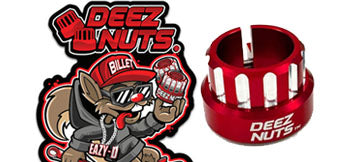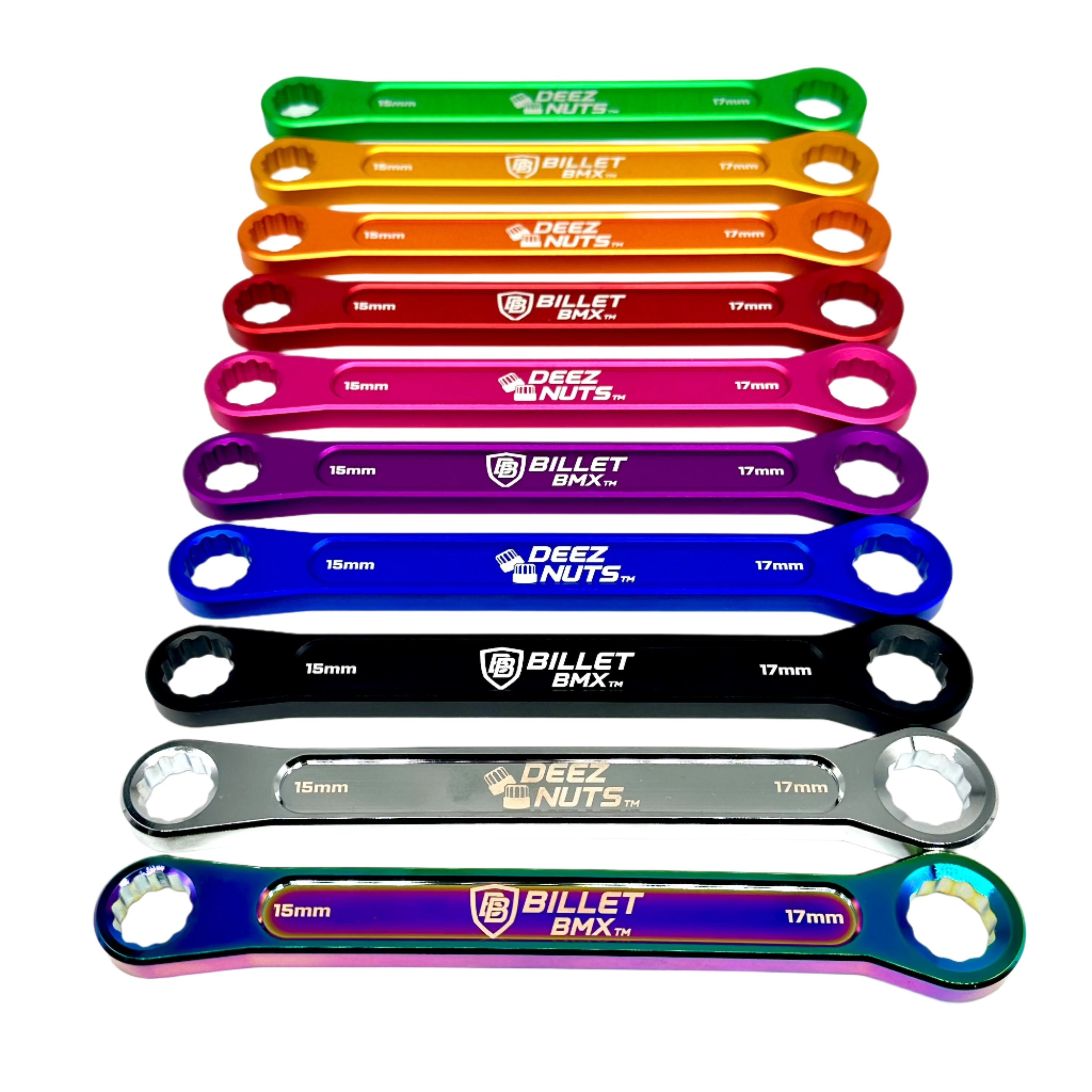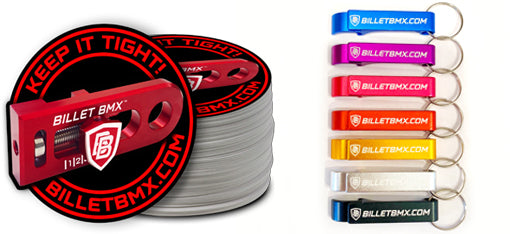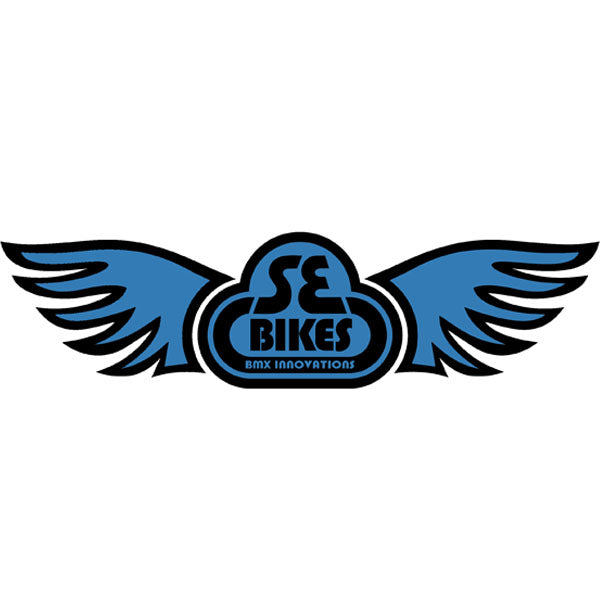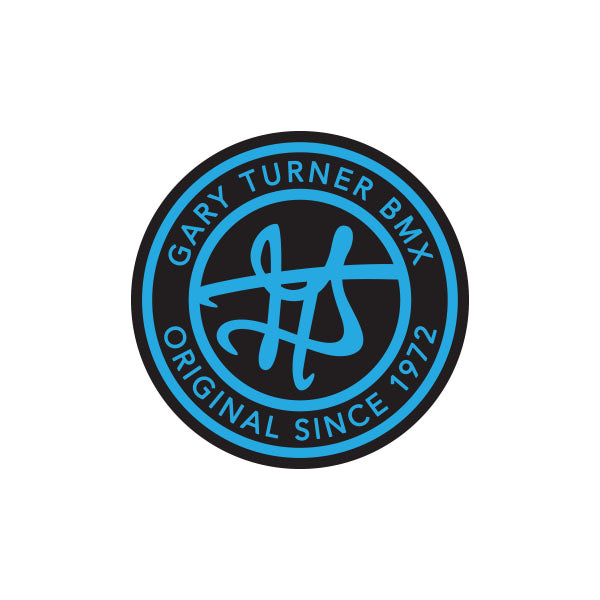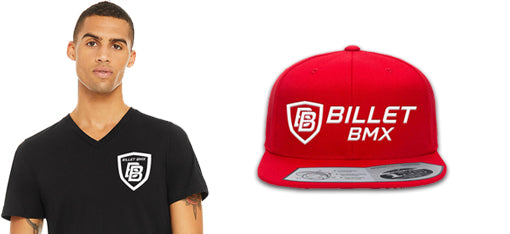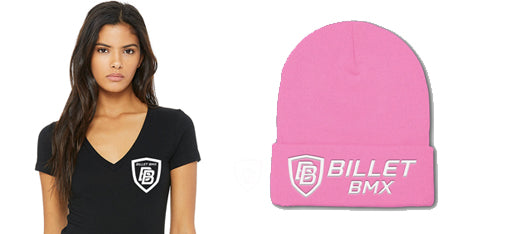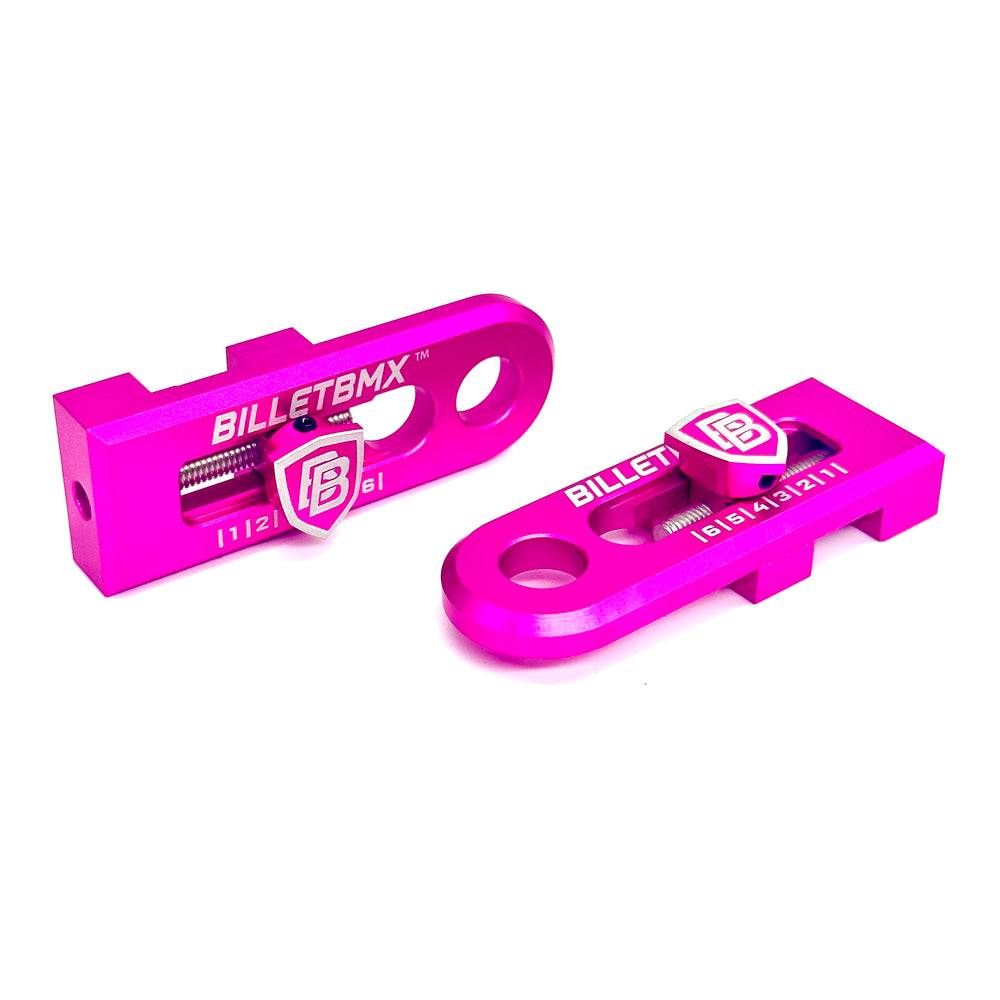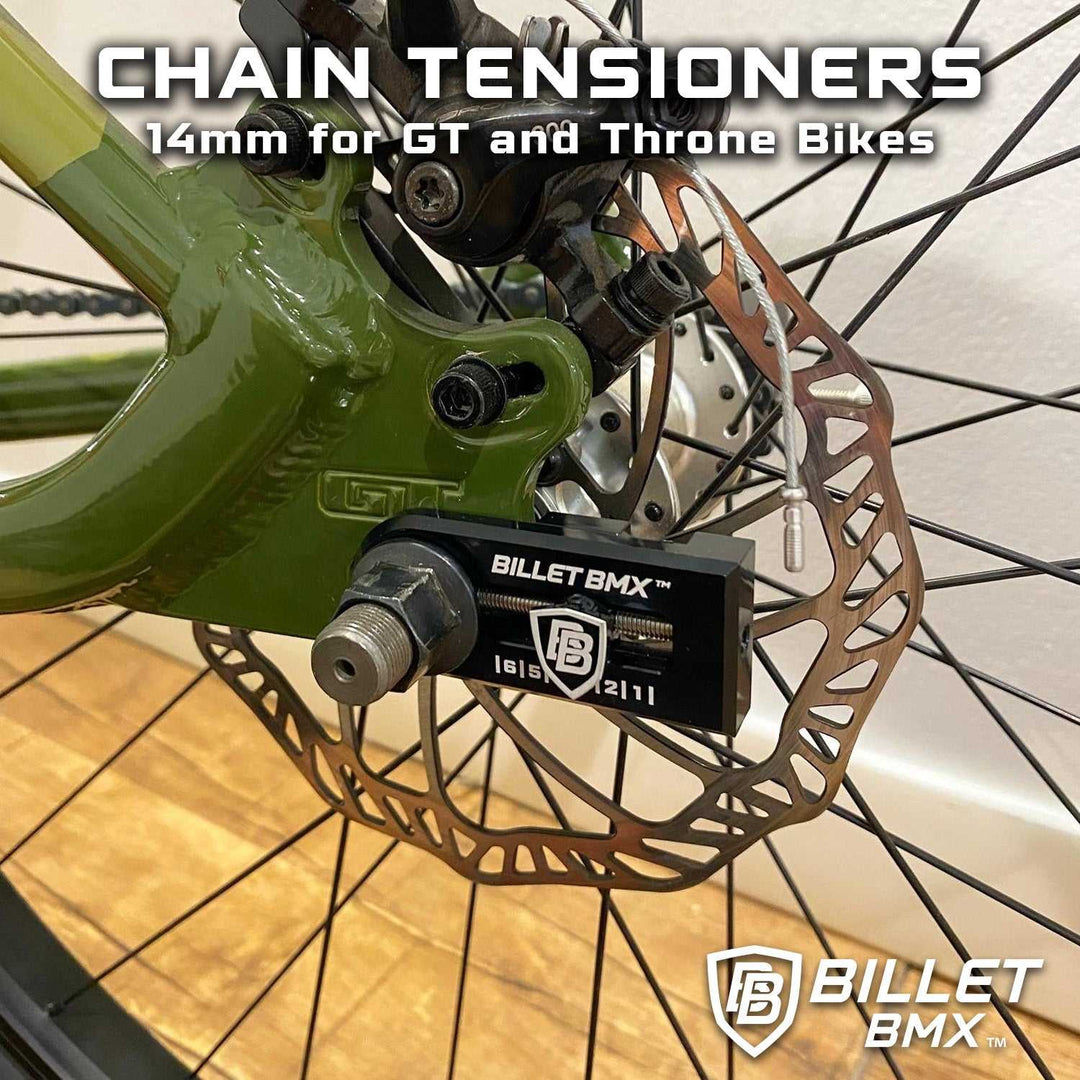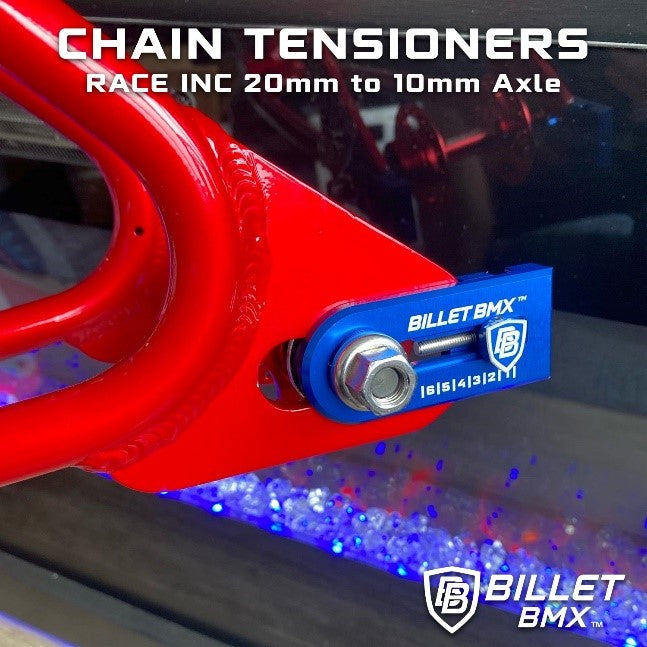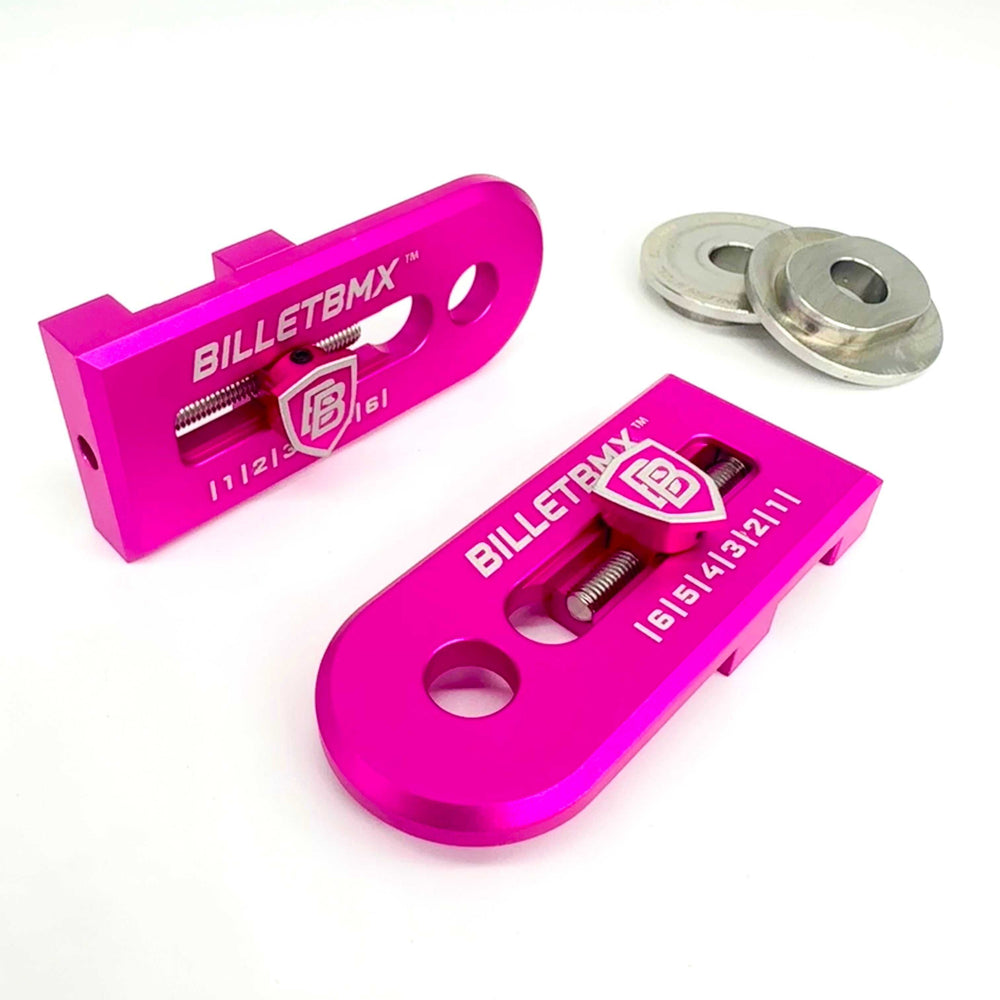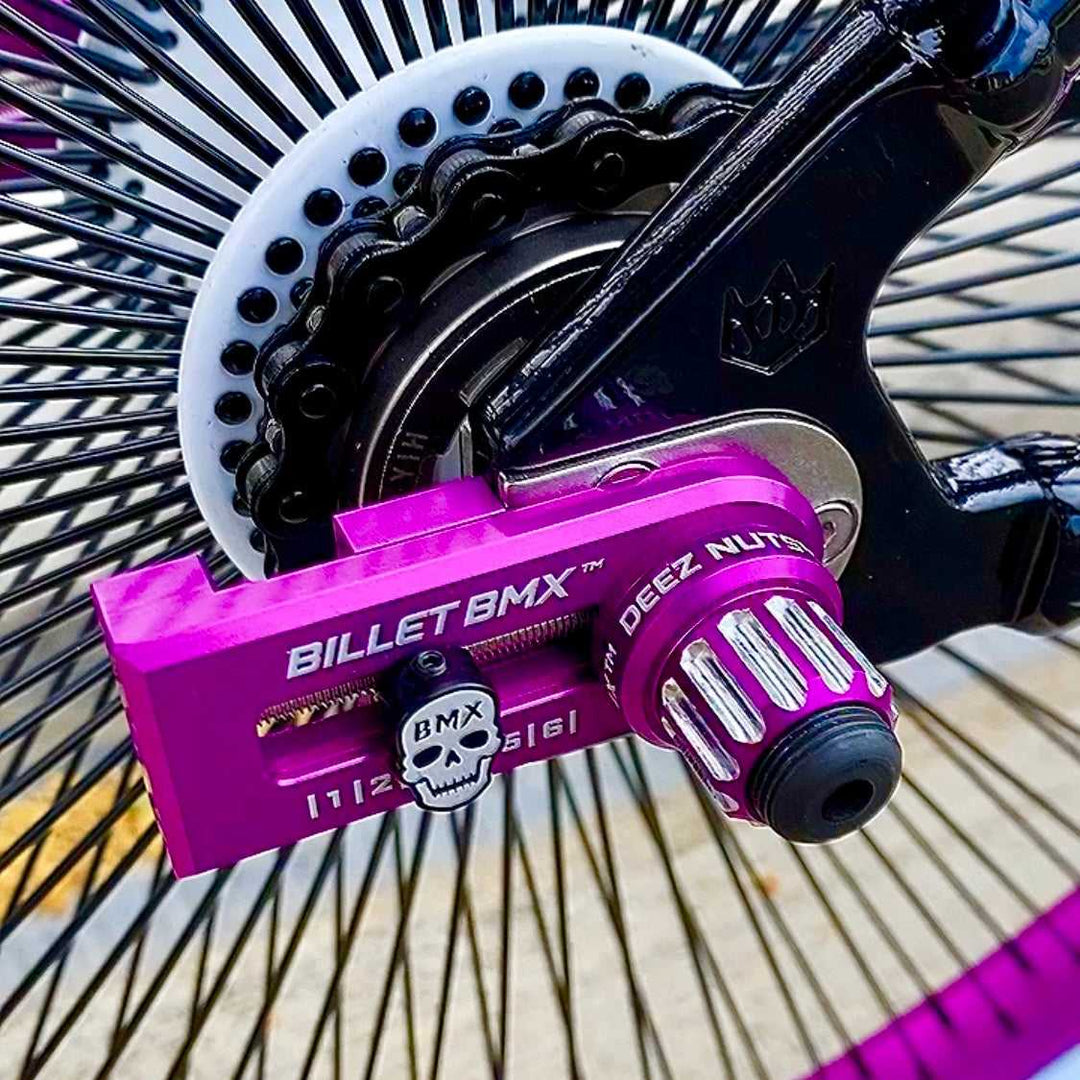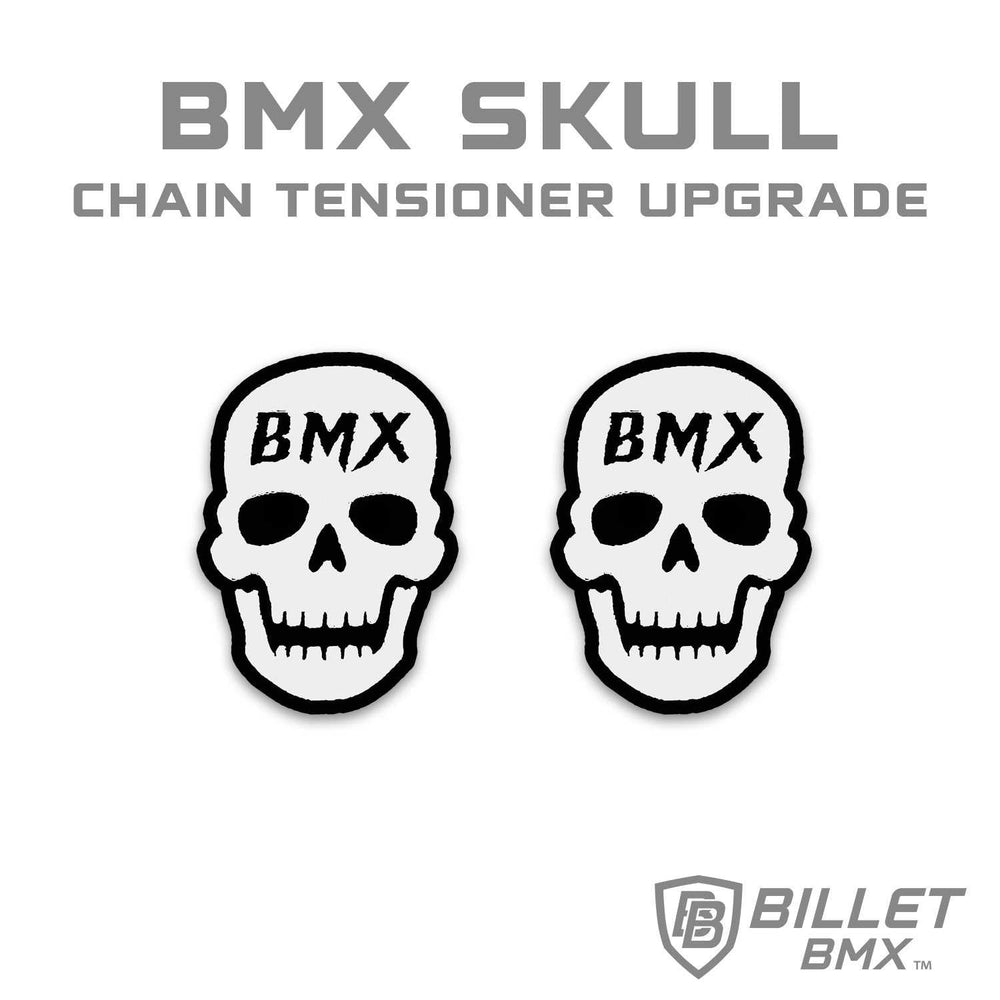Rim vs. Disc Brakes for BMX – What’s the Difference?

When it comes to BMX, choosing the right braking system can dramatically influence your performance, control, and overall riding experience. For years, rim brakes have been the go-to option for BMX bikes but with advancements in bike technology, disc brakes are starting to appear more frequently, especially in BMX racing. So which is better? And how do you choose the right one for your setup?
In this article, we break down the key differences between rim brakes and disc brakes for BMX, exploring how they work, where they shine, and which system is right for your riding style.
What Are Rim Brakes?
Rim brakes (often U-brakes or V-brakes on BMX bikes) work by applying friction directly to the wheel’s rim using brake pads. The pads are squeezed by levers and cables, slowing the bike down by clamping on the sidewalls of the rim.
Pros:
-
Lightweight – Fewer components make them ideal for freestyle setups.
-
Simple – Easy to install, adjust, and repair.
-
Affordable – Rim brake systems cost less than disc brakes.
-
Clean Aesthetic – Preferred by riders who want a minimalist look.
Cons:
-
Performance in Wet Conditions – Braking power drops significantly when rims are wet or muddy.
-
Rim Wear – Prolonged use can wear down the rim surface.
-
Less Modulation – Harder to finely control braking pressure compared to discs.
What Are Disc Brakes?
Disc brakes work by applying friction to a rotor mounted on the hub of the wheel. The brake caliper clamps onto the rotor rather than the rim, giving more consistent stopping power and better control especially at high speeds.
Pros:
-
Superior Braking Power – Especially noticeable in BMX racing and downhill applications.
-
Reliable in All Weather – Rain or mud has less effect on rotor braking.
-
No Rim Wear – Because braking doesn’t happen at the rim, wheel longevity improves.
-
Better Modulation – Allows more precise control over braking intensity.
Cons:
-
Heavier Setup – Adds weight due to the calipers, rotors, and reinforced hubs.
-
More Complex Maintenance – Requires hydraulic or mechanical tuning and occasional bleeding (for hydraulic systems).
-
Not Freestyle-Friendly – Rotors can get in the way during grinds, tailwhips, or peg tricks.
BMX Racing vs. Freestyle: Brake Preferences
For BMX Racing:
Disc brakes are gaining ground in the race world, especially on high-end builds. Riders looking for the fastest stops at high speed, even in wet conditions, often lean toward discs. That said, rim brakes still dominate most amateur setups due to weight and cost.
For Freestyle BMX:
Rim brakes remain the gold standard when brakes are used at all. Many street and park riders go brakeless, but when control is needed (e.g., for technical tricks), a lightweight rim brake setup is preferred. Disc brakes aren’t ideal for tricks due to the risk of rotor damage during grinds and spins..
Brake Compatibility and Frame Considerations
Before choosing between rim and disc brakes, consider your frame. Not all BMX frames are compatible with both:
-
Rim brake mounts are built into the seat stays and must align with the rim.
-
Disc brake mounts require a frame and hub designed for a rotor and caliper.
If your frame doesn’t support disc brakes, adding them would mean a full frame swap not ideal unless you’re upgrading your whole build.
Maintenance: Simplicity vs. Performance
-
Rim brakes: Easy to maintain with basic tools. Replacing pads and adjusting cable tension are beginner-friendly jobs.
-
Disc brakes: Offer better long-term performance but require more knowledge. Hydraulic systems need occasional bleeding, and calipers must be aligned carefully.
If you're a DIY rider who likes quick fixes, rim brakes win on simplicity.
Final Verdict: Which Braking System Is Right for You?
|
Brake Type |
Best For |
Pros |
Cons |
|
Rim Brakes |
Freestyle, park, casual riding |
Lightweight, affordable |
Weaker in wet conditions |
|
Disc Brakes |
Racing, high-speed, technical |
Stronger, more consistent |
Heavier, more complex |
At the end of the day, it comes down to riding style and personal preference. If you're all about control and competition, disc brakes offer top-tier stopping power. But if you're a freestyle rider who needs a light, clean, and trick-friendly setup, rim brakes or even no brakes are still the go-to.
Upgrade Your Braking Game at Billet BMX
No matter which brake style you prefer, Billet BMX has the gear to keep you riding strong. From lightweight U-brakes to high-performance components for race builds, we stock brake systems that match every level and style of riding.
Explore our brake collection and find the perfect setup for your BMX evolution.


